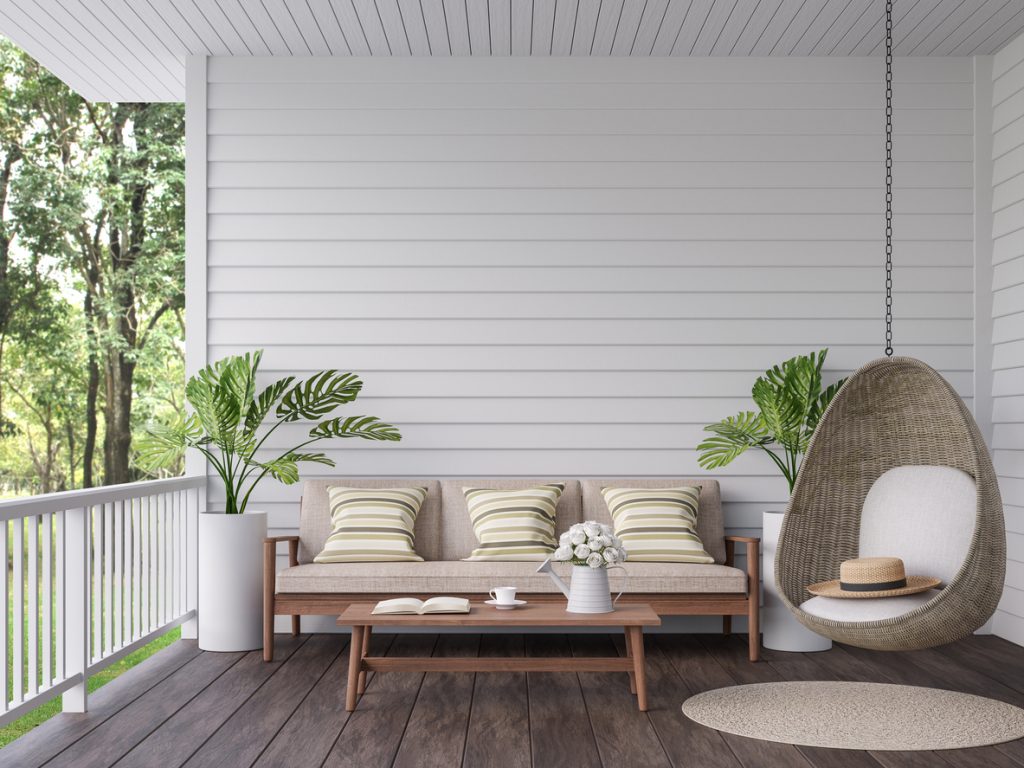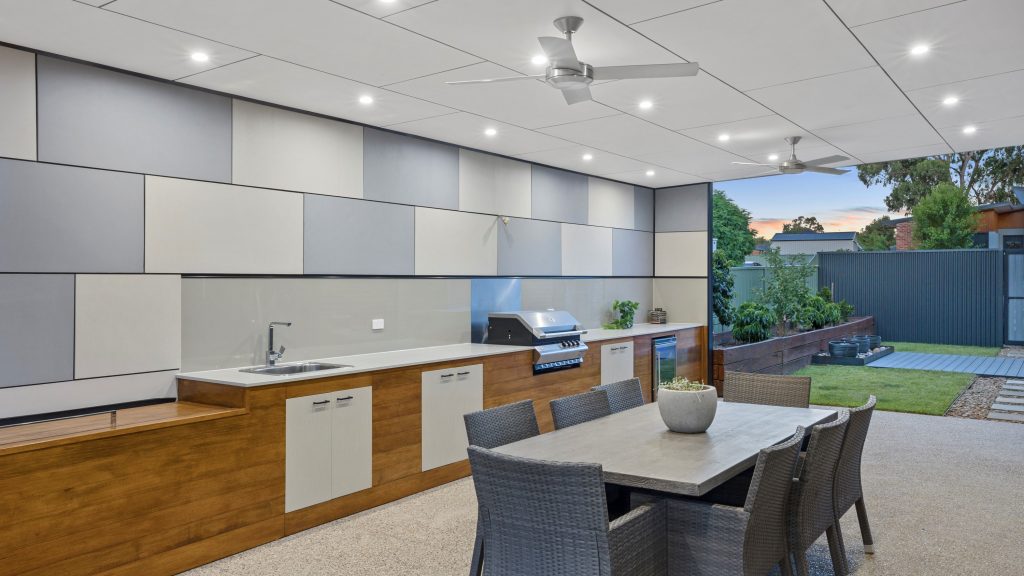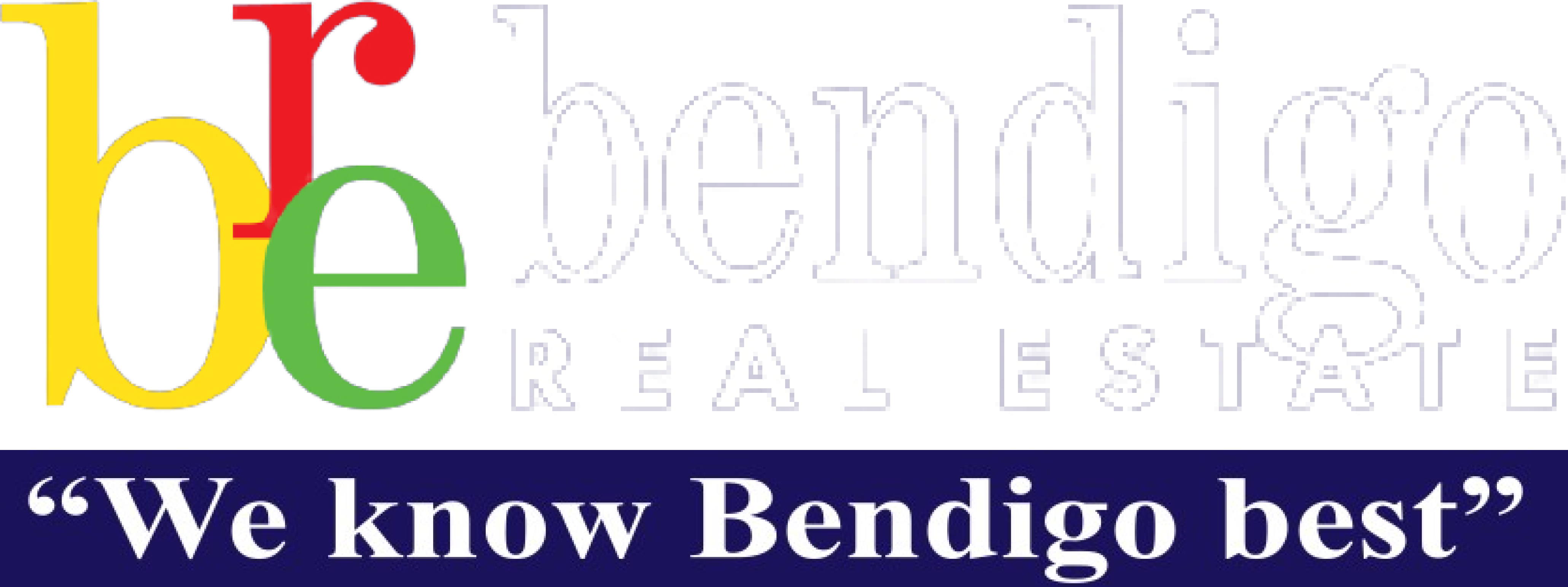The preparation you put into getting your property ready for sale can be the difference between getting a standard price and a great price. The best part is, it’s not hard, time-consuming, or expensive. Whatever your motive for selling, the process can either be stress-free or tense and disappointing. The good news is that you have the ability to choose. There are four factors that will influence the outcome of any sale.
Timing
Buyers for a property can be found all year round however it’s not often that a purchaser for your home is out there, just waiting for you to put your home on the market. Timing, presentation, and advertising are all required to bring buyers and sellers together for the best result. Spring is often considered to be the best time to sell. It’s a time of optimism and with the weather clearing, more potential buyers will be out and about. It is also a time when more sellers will put their homes on the market so there will be more competition. Winter usually presents fewer buyers, but the buyers are usually more focused on purchasing and traditionally there will be fewer homes on the market to choose from. Prior to placing your home on the market, allow an additional two weeks to prepare both the property and the marketing material.


Presentation
A clean and tidy home says “Welcome”. Your home should be kept neat and tidy during the period of inspections. It should not necessarily be a “showplace” but appear a comfortable home in which to live. Fresh flowers or indoor plants always brighten up a home. While you’re cleaning, think about each room and what furniture really needs to be in it. Rooms look smaller when they are crowded. Clear out anything that’s not needed to create a feeling of spaciousness. Make sure that all minor repairs are completed. Sticking doors and windows, loose door handles, faulty plumbing, or peeling paint may affect your sale. Let plenty of light into your home. Nothing improves the atmosphere more than brightness. Ensure you switch on all of the lights prior to the commencement of the inspections. A warm comfortable heated home on cold days adds a feeling of coziness, and don’t forget to turn on any air conditioning or fans (or simply let the breeze flow through) for the hot days.
Method of Sale
Inquiry Range:
When a property is marketed with the traditional fixed price, sellers always ask about 10% above the market price for a number of reasons. For some, it is because they have a fear of underselling. With others, they may have an over-inflated view of what their home is worth. At the very least, all sellers will want a buffer to allow for any negotiation. On the other hand, buyers looking for a property react entirely differently. They form a triangle with very few above the market price. Most will look 10 – 15% lower than what they will finally pay because when they find their dream home, even if it is above what they intended to spend originally, they will buy it. The fixed price system services neither the sellers nor the buyers. Sellers’ homes stay on the market for a long time and sell for much less than they anticipated. On the other hand, buyers miss out on seeing those properties therefore miss out on the opportunity to buy their dream home. As a result, “Inquiry Range” is utilised for better results. Instead of setting a fixed price, which can eliminate at least two thirds of the buyers, a range is set to attract buyers looking within that range. In other words, if a purchaser is looking in this range, they are encouraged to look at this property and maybe they will be able to successfully negotiate for it. The range starts at a buyers “Like to pay price” which is the entry point when they first start to look. The “value” is the point the agent suggests they should start to negotiate.
Fixed Price:
The fixed price method provides for an asking price to be placed on your property, which encourages buyers to negotiate down from this point. Obviously, once a ceiling is placed on the property the price is capped, which makes it difficult to achieve an offer higher than the asking price.
Auction:
An auction is a dynamic and competitive way to sell a property, where a set date and marketing campaign attract buyers to bid, often leading to higher sale prices.
1. A reserve price gives the seller protection, ensuring the property cannot be sold unless bidding reaches the pre-agreed minimum amount, providing peace of mind and control over the final sale.
2. When a buyer has the winning bid, they sign an unconditional contract immediately, with no cooling-off period, and must pay a 10% deposit on the day, ensuring a fast and secure transaction.


Pricing
To put it simply, over pricing the property means in most cases that it will simply sit there making it unlikely that you will get a buyer. Price the property to invite competition and you should get multiple buyers and multiple offers. Stronger competition from buyers generally means a higher sale price.
